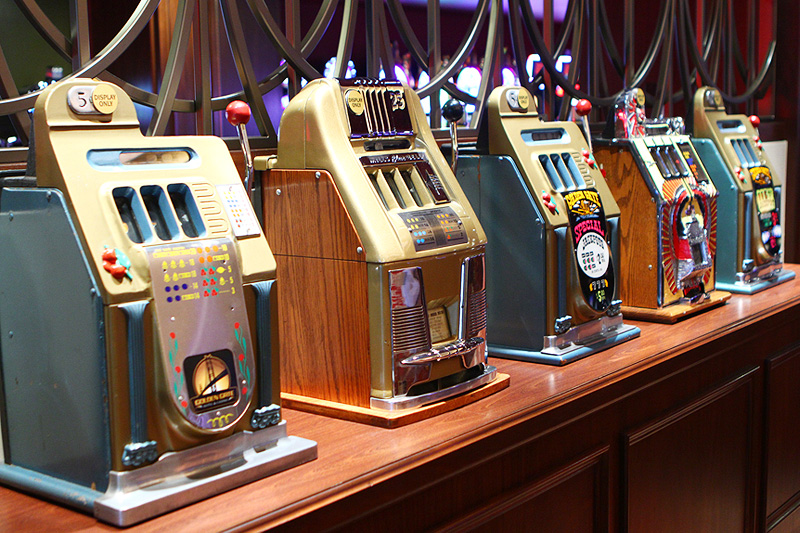
A slot is a narrow opening or groove, usually in a piece of wood or metal. It can also refer to a small hole in an aircraft that carries the tail or landing gear. Slots are commonplace in casinos and can be a source of great excitement for players who love the thrill of the game and the chance to win big. However, it is important to protect your bankroll and know what to look out for. It’s also a good idea to familiarize yourself with the rules of each machine before you start playing.
A good way to increase your chances of winning is by choosing a slot with a high payout percentage. These slots will often have a lower house edge than other types of games. In addition, you can choose a slot with multiple paylines to increase your odds of hitting a winning combination. Some slots also have bonus rounds that can add to your winnings.
Before you play a slot, check its payout table to see how much each symbol pays and whether the casino has any limits on jackpot amounts. This information will help you make smart decisions about how much to bet, and whether to play a progressive or non-progressive slot. You should also check out the slot’s bonus features and rules to ensure that you are familiar with all the ways to win.
When you’re ready to play, just push the spin button and watch the digital reels go around. Each time the reels stop, they’ll reveal a symbol and the amount you win. The more you bet, the higher your chances of winning. However, you should always be aware of the house edge, which is a mathematical calculation that shows how much the casino will win in the long run.
A slot machine’s software generates random numbers to determine what symbols will appear on the reels. This process is referred to as a “sequence”. The computer then uses this sequence to find the corresponding number on the reel and determines the probability of the three-number outcome. The results are then displayed on the screen.
In modern machines, this is done by using microprocessors. This allows manufacturers to assign different probabilities to each stop on each reel. Therefore, it may appear that a particular symbol is so close to appearing that it’s “so close” but in reality, the probability of it happening is low.
Modern electronic slot machines have a return-to-player percentage (RTP) that varies between 92-97%. This isn’t a guarantee that you will win any money, but it can give you a general idea of how likely you are to win each bet you make. The RTP is determined by the manufacturer, so be sure to read the help information carefully to understand the specifics of each slot machine.

